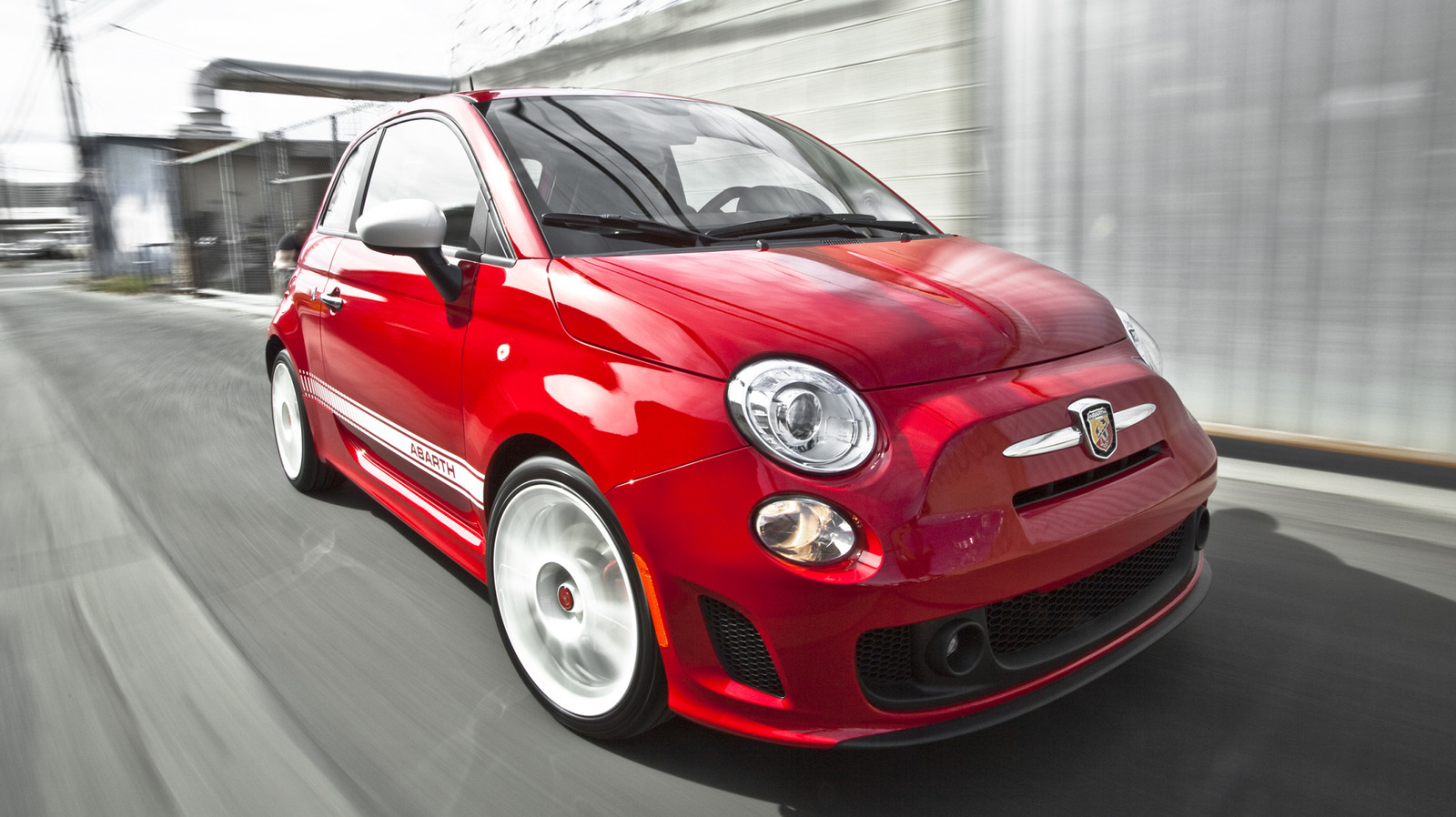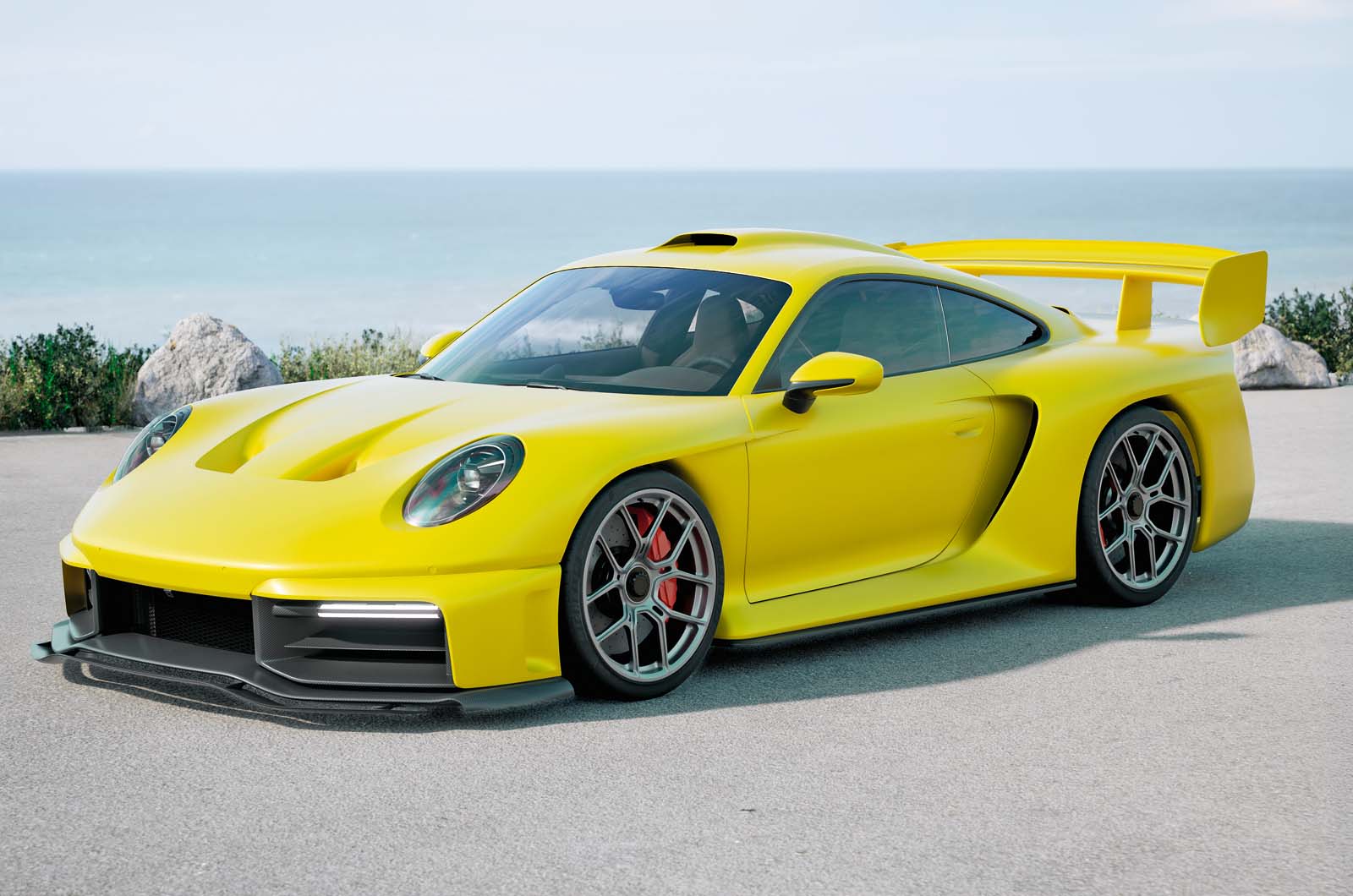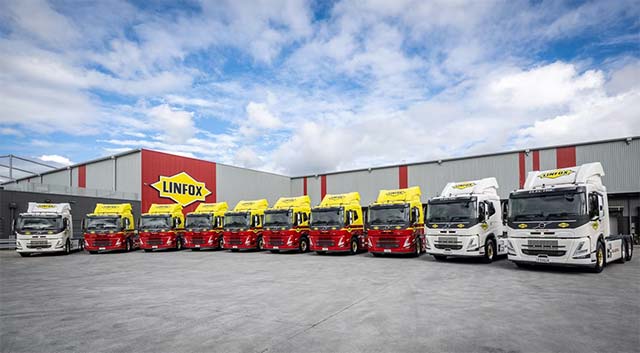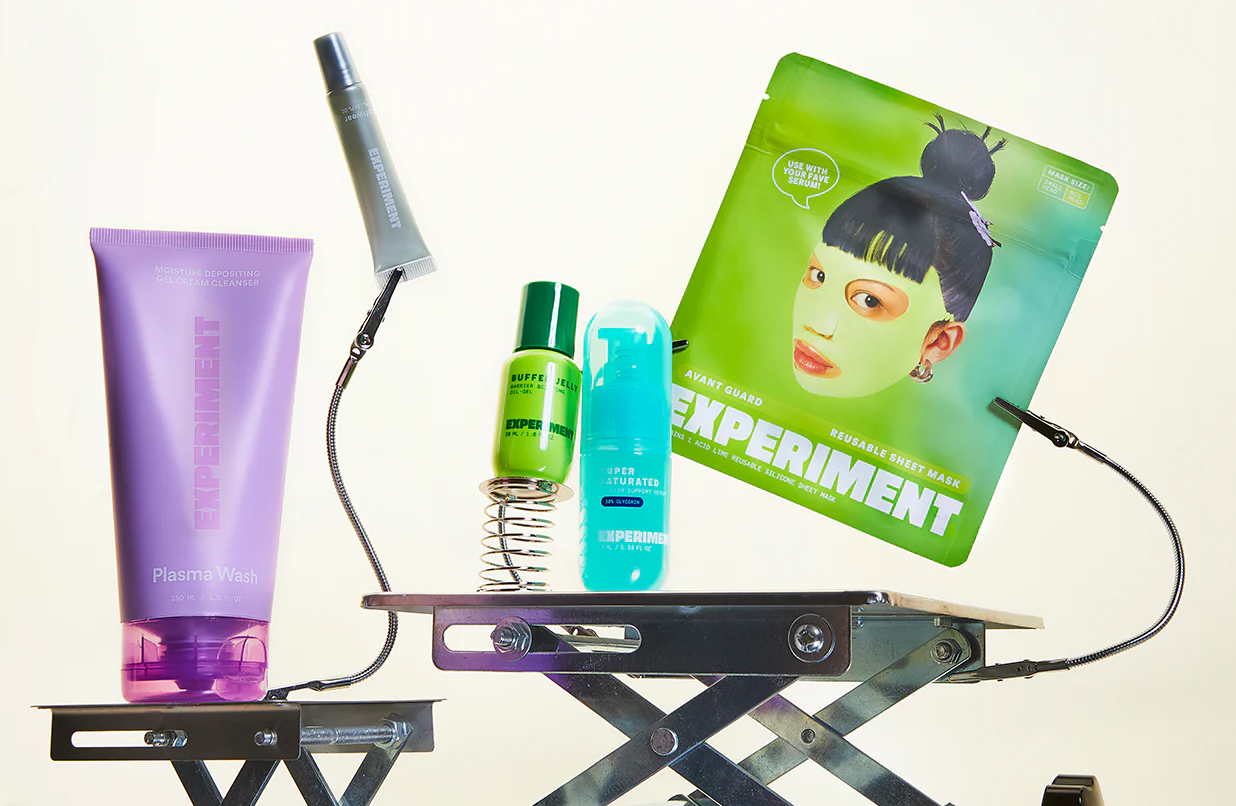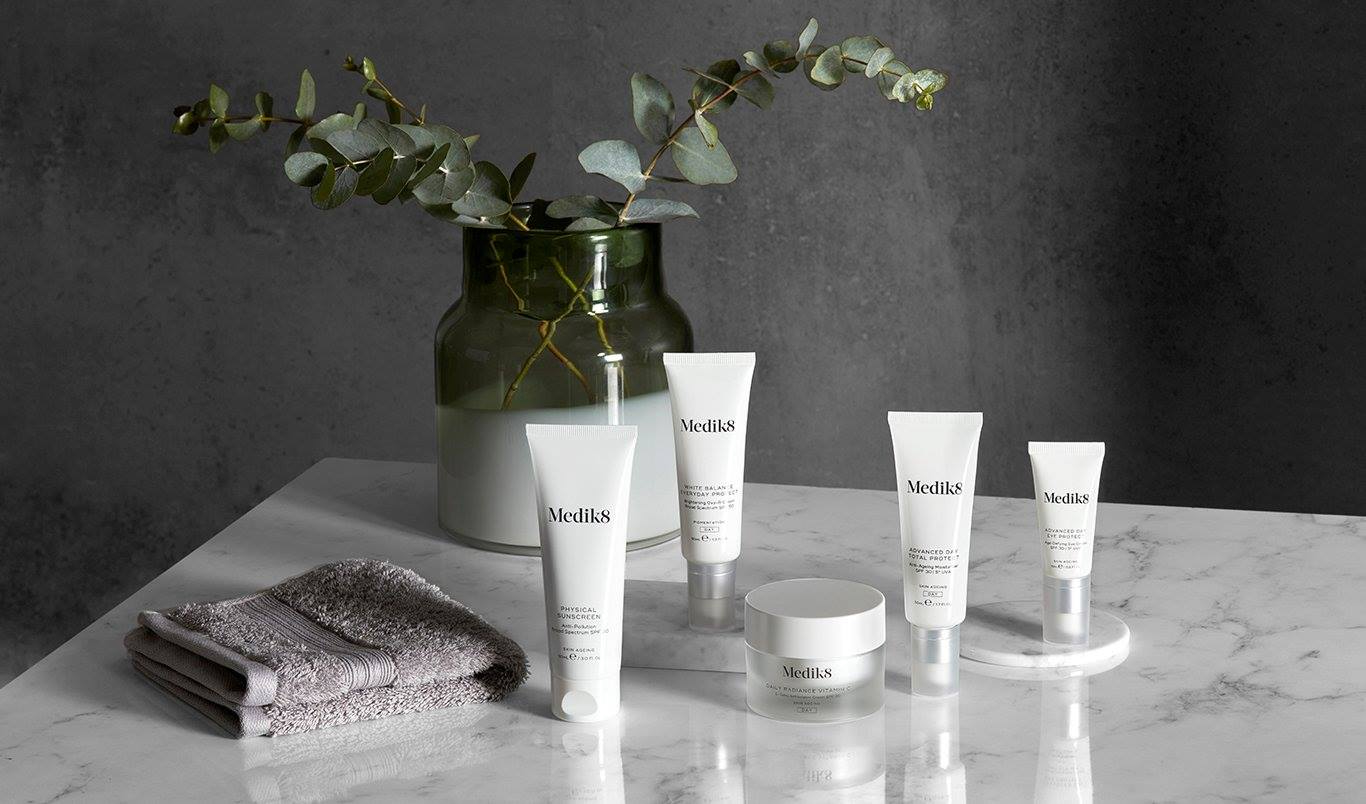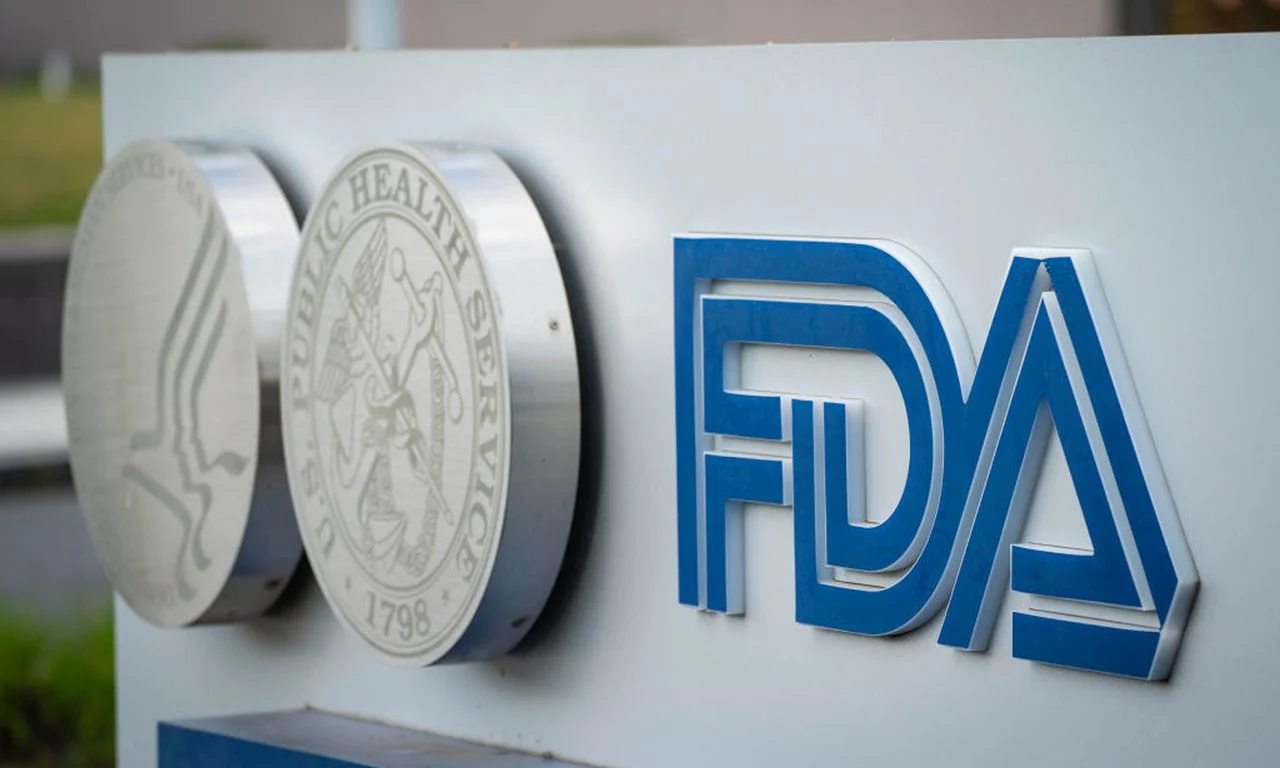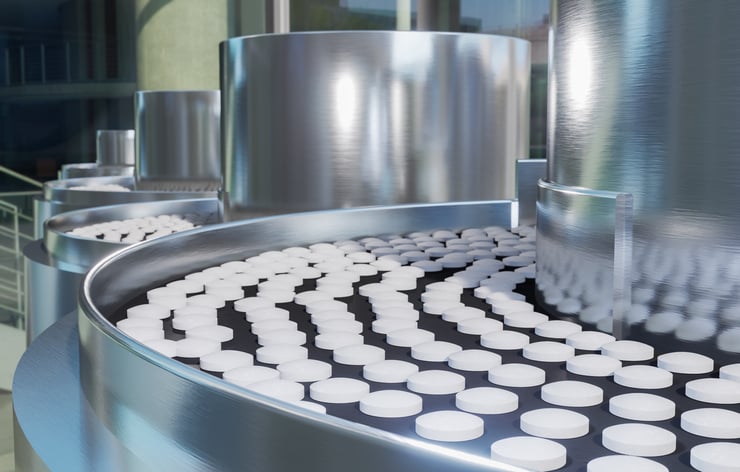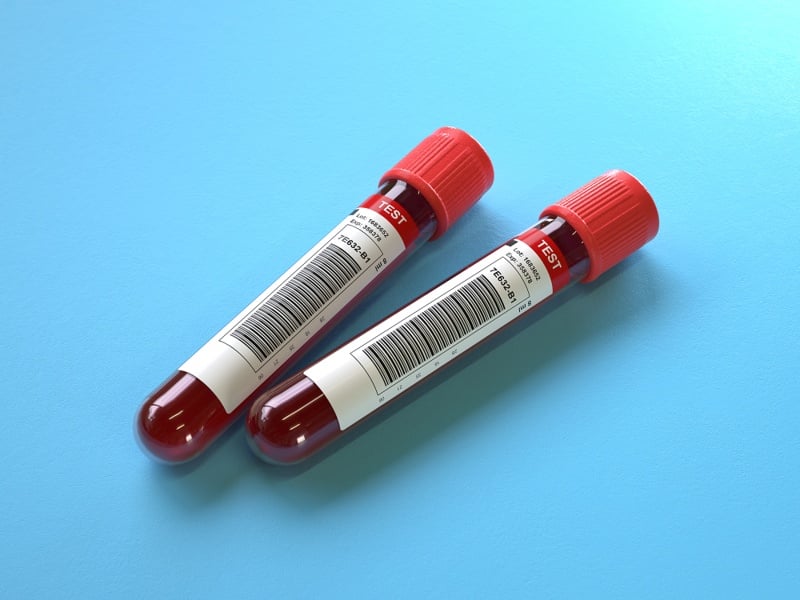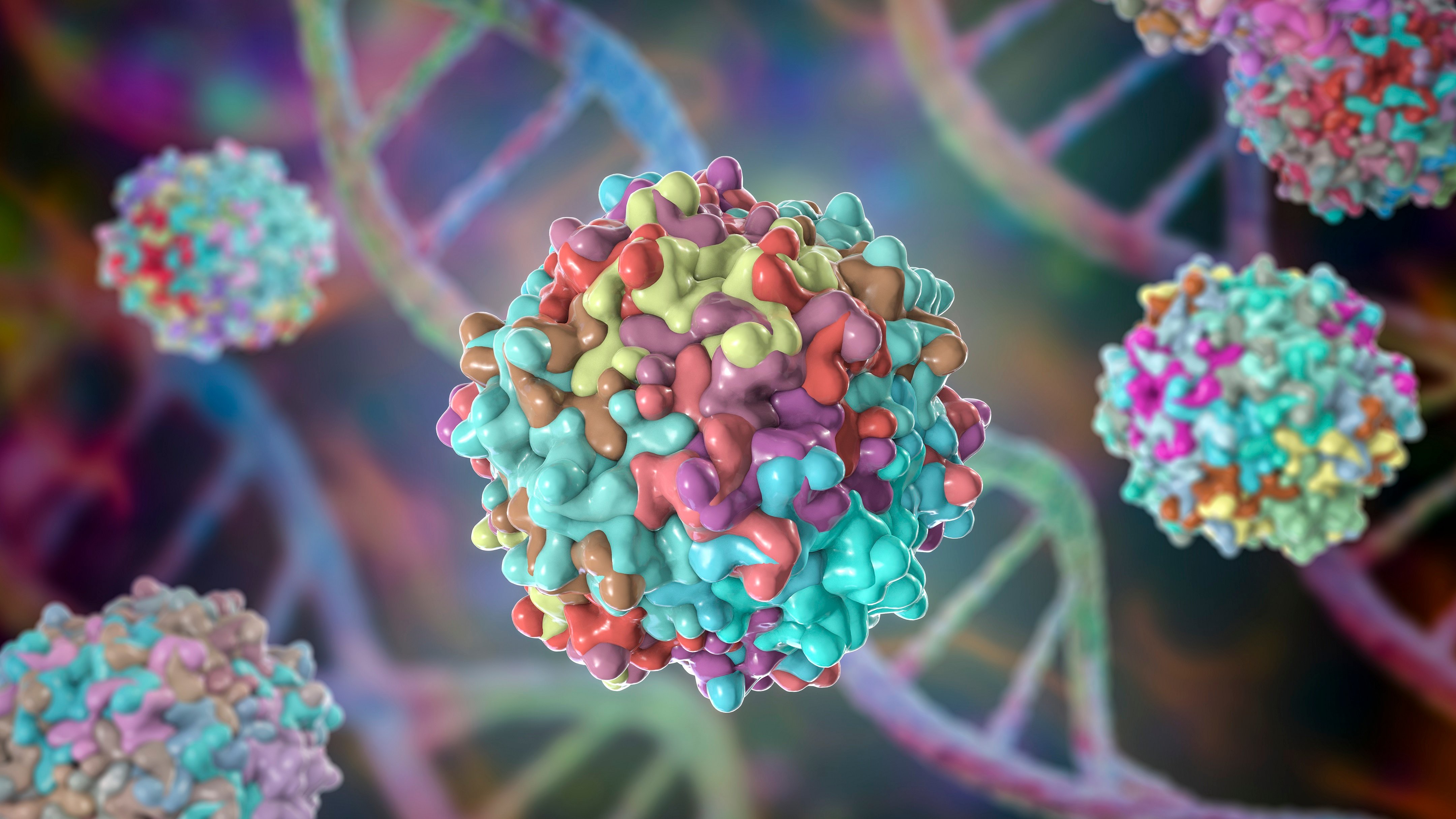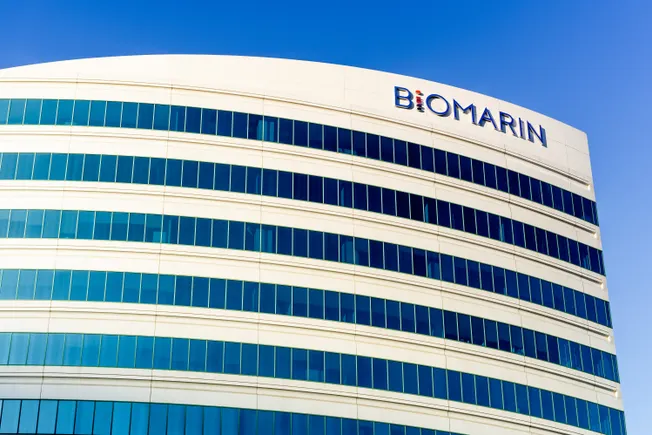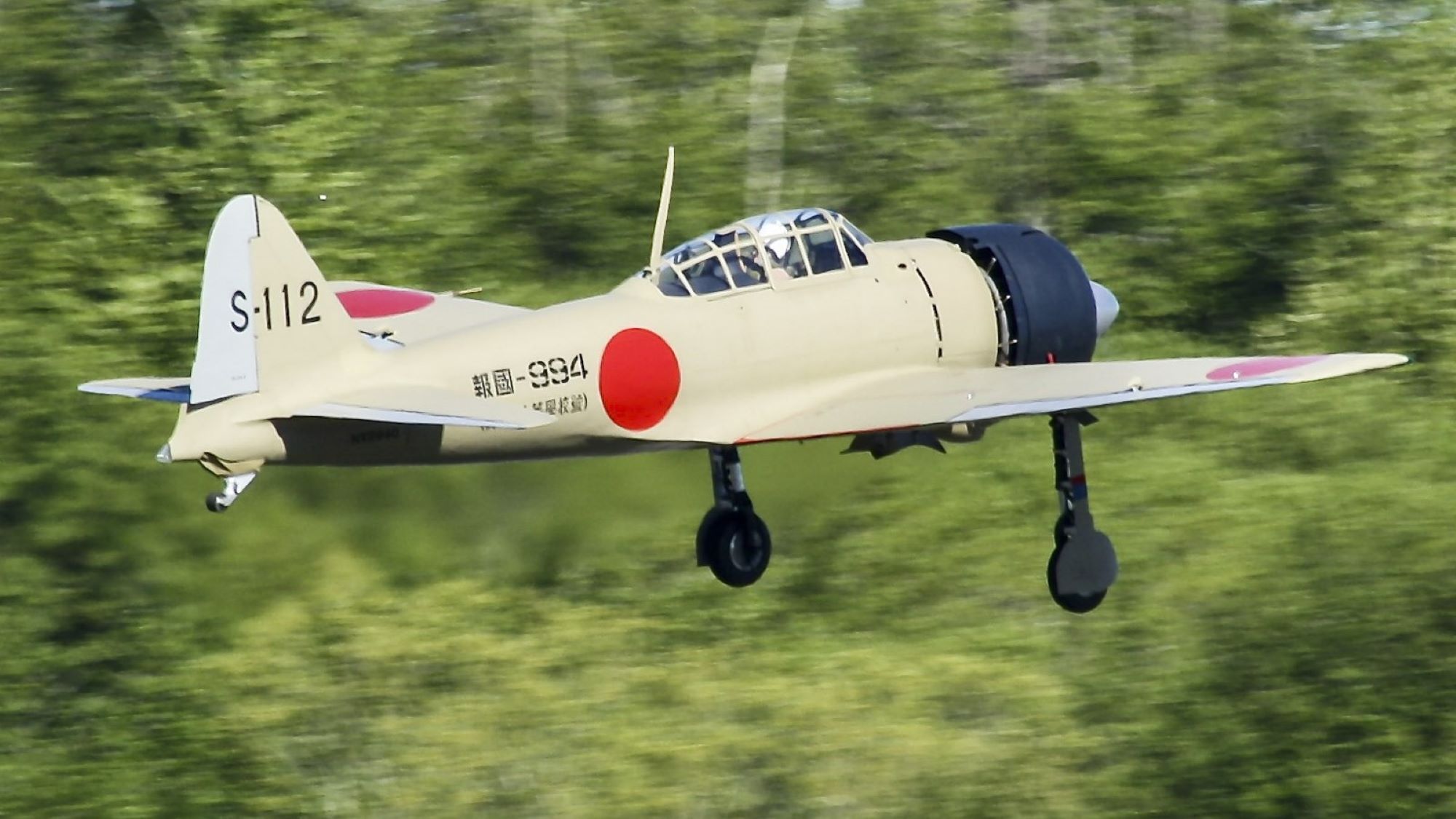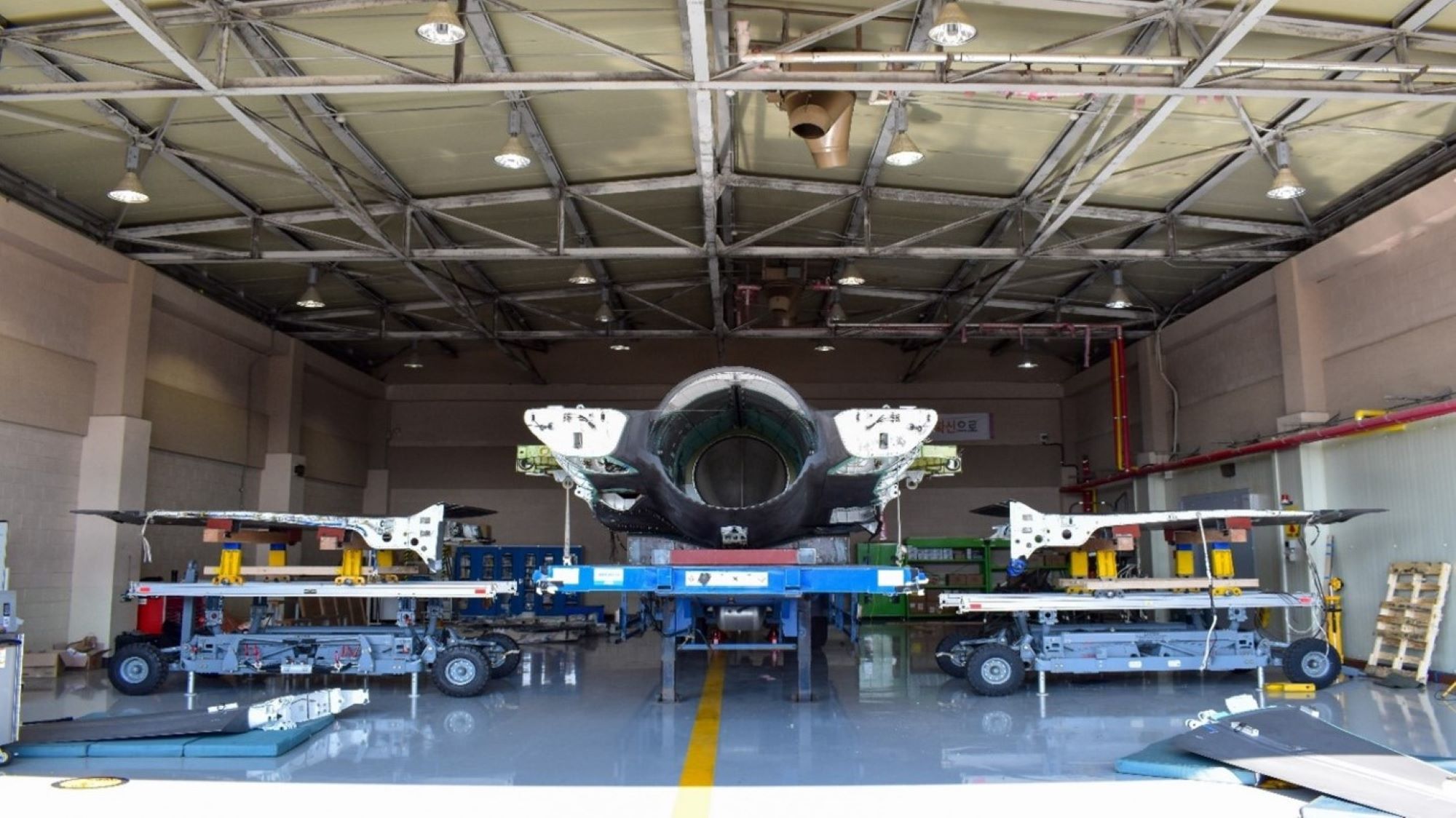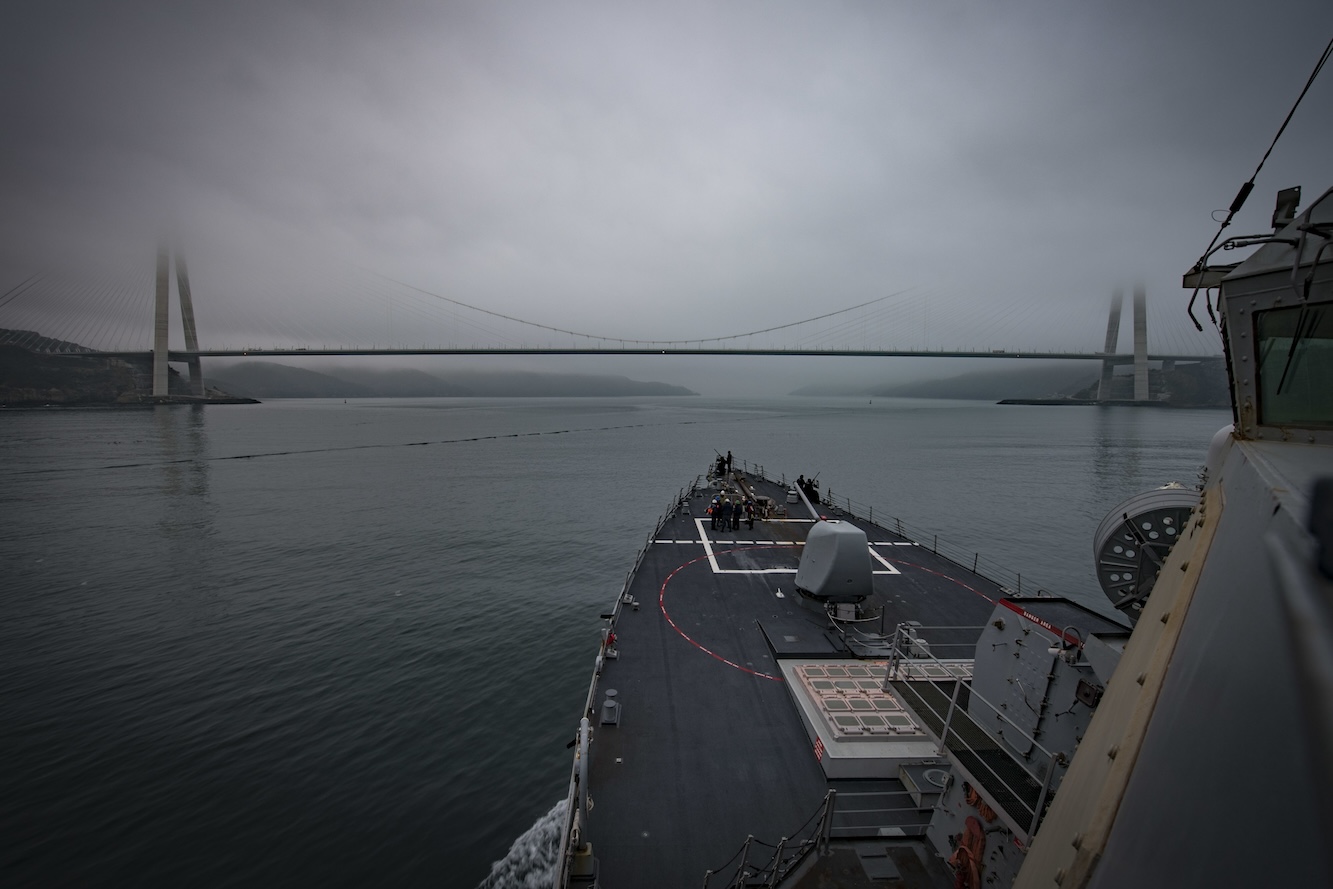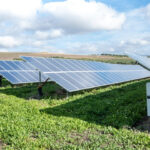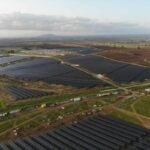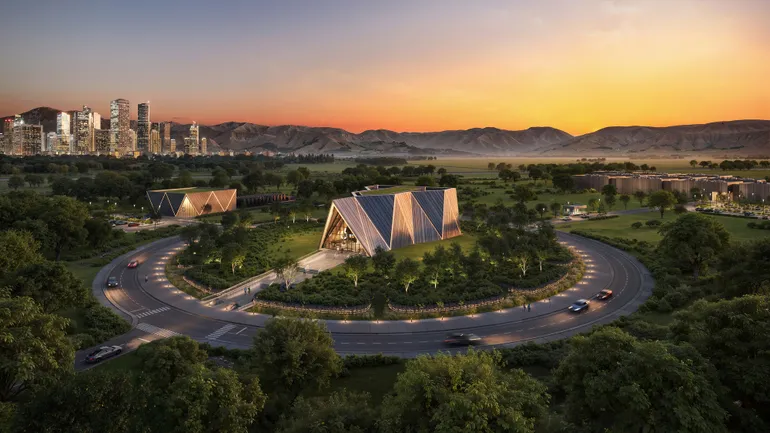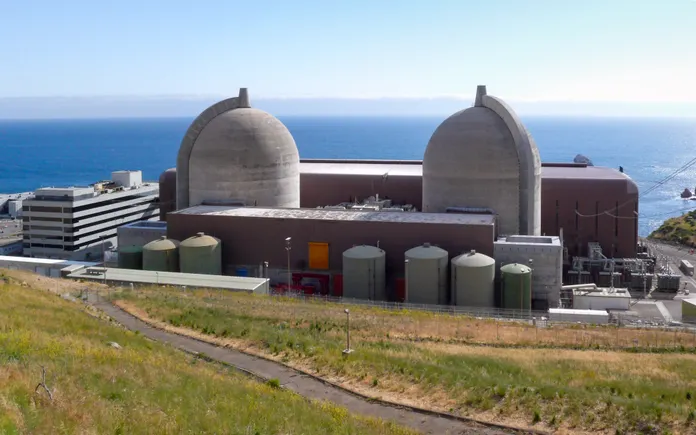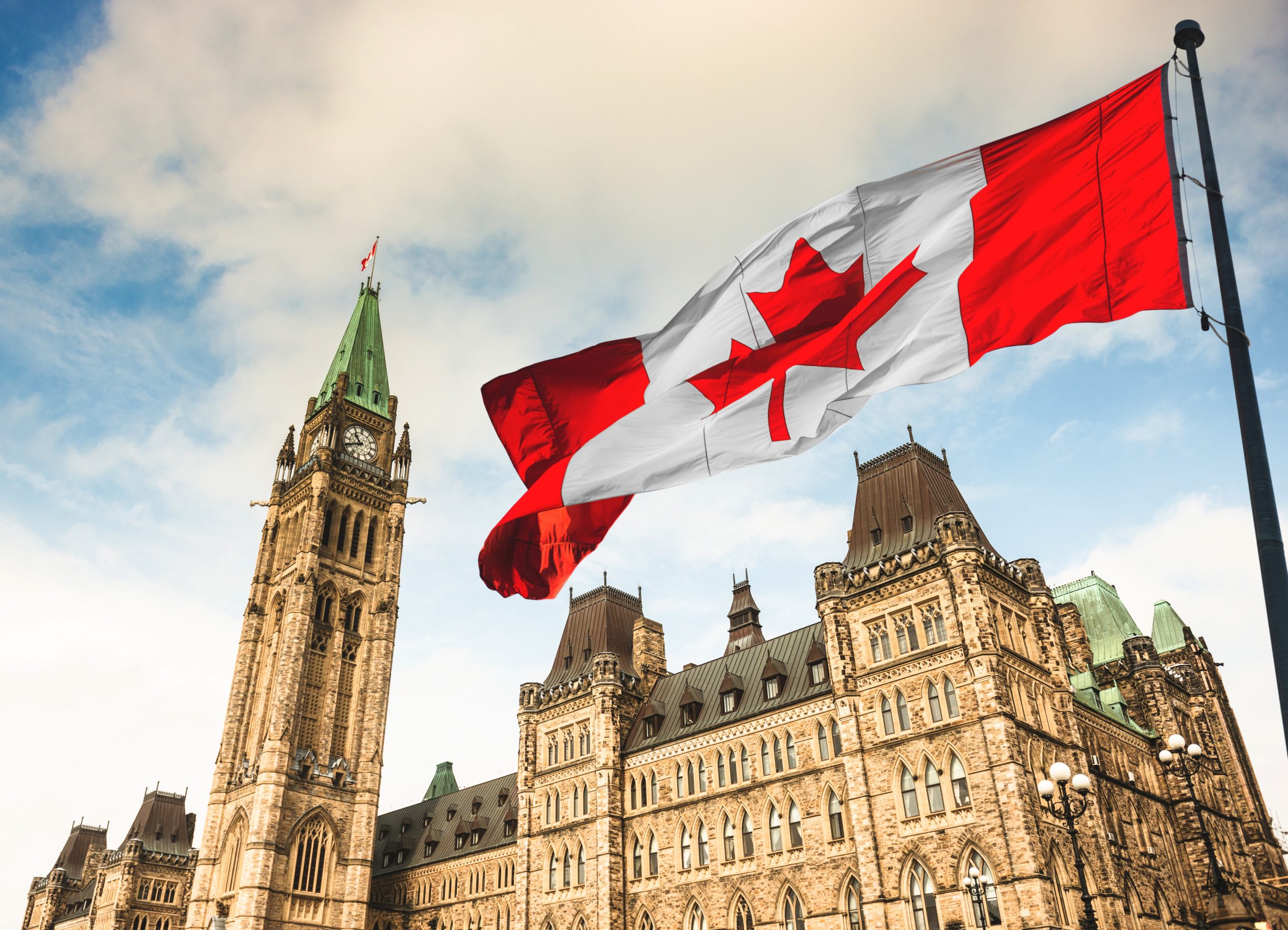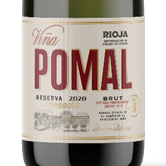Margaret River, one of the world’s key Biodiversity Hotspots, is home to winemakers going the distance for the sake of their natural surroundings.
With more than 46% of the Margaret River wine region covered by native forest, the area is a hive of activity for species of endemic flora and fauna. Indeed, its status as a Biodiversity Hotspot is officially recognised, making the region one of just 36 internationally recognised areas in the world.
The region in the south-west of Australia is one of the original 25 internationally recognised Biodiversity Hotspots and the first one identified in Australia. These hotspots constitute just 2.5% of the earth’s land surface, but support more than half of its endemic plant species, making their existence vital to the health and survival of our world.
Within Margaret River there are more than 1,300 native flora species, over 80% of which are endemic to the region. The Cape to Cape area is also home to approximately 24 mammal species, 44 reptile and amphibian species and some 52 species of birds.
It is to these plants and animals, as well as the fate of the natural environment more widely, that Margaret River’s producers dedicate their sustainability efforts.
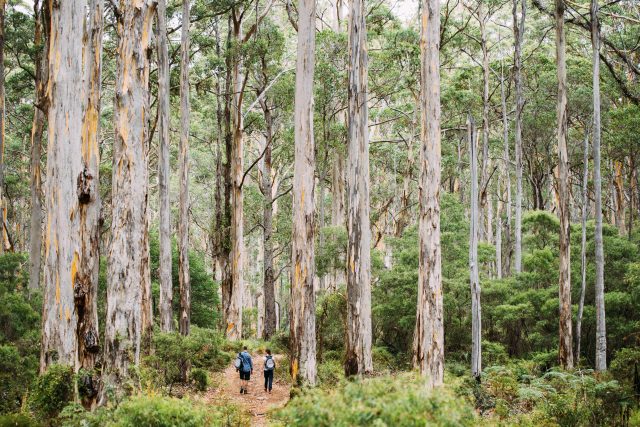
The Voyager Estate says: “Over two decades, we’ve made a conscious commitment to improving our patch of land in Margaret River, with the goal of leaving it in better condition for future generations.”
The Margaret River Wine Association and its members established a Sustainability Plan to do exactly this, with a mission to sustain and protect the rare biodiversity of the area.
The association’s major ambition is to onboard 50% of its members into the Sustainable Winegrowing Australia programme by December 2025, working with them to achieve certification, and have 100% of members compliant with the national programme. Designed to encourage grape growers and winemakers to demonstrate and continuously improve their sustainable practices in the vineyard and winery through the environmental, social and economic aspects of their businesses, the voluntary programme takes a holistic approach to managing, supporting, and promoting sustainability and is modelled on global best practices and aligned to the United Nations Sustainable Development Goals, with progress towards these monitored annually.
The region currently has 65 certified members, accounting for 2,787 hectares, or 48% of the region’s vineyards. There are also 20 certified winery members who crushed 26,114 tonnes in vintage 2024.
Light Touch Viticulture
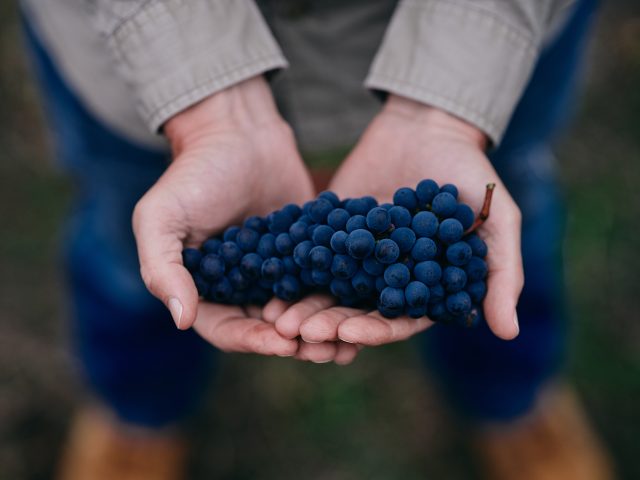
As the adoption of organic and biodynamic practices grows the world over, so too among Margaret River winemakers. An increasing number of vineyards are embracing reduced chemical use along with more regulated organic and biodynamic practices to maximise vine health and minimise harm to the surrounding ecology, returning good inputs such as compost back to the land. At present, 720 hectares, or 12.3% of the region’s vineyards, are certified organic or biodynamic.
But sustainability takes many forms, and for some this means tailoring a unique approach. Cherubino Wines takes elements from organic, biodynamic and conventional farming practices to "harness best practice from each system", rather than "being confined to a single dogma".
"It’s an approach that has allowed us to remain progressive, responsible, sustainable, and profitable," reads the winery's sustainability statement. "We have seen great success. On the threshold of achieving carbon neutrality, we are now sequestering 20 tonnes of carbon per hectare, a feat that wouldn’t be possible without significant investment."
Margaret River’s Mediterranean, maritime climate and ancient gravel-loam soils are perfectly suited to the ‘light touch’ winemaking being employed by a growing number of producers.
Fellow Margaret River producer Wayfinder explains this best: "It sounds strange, but in many ways we strive for a philosophy of less... less impact on the environment, less intervention in the winery, less waste, less artefact and less noise. If we can maintain a light footprint by interfering with nature as little as possible, this is what makes us feel we're on the right track.”
Winter and summer pruning, shoot positioning, leaf plucking and green harvesting are all common practices among producers, who are free to grow vines on their own root systems, as Margaret River is one of the few regions in the world that remains free from phylloxera.
Hand-harvesting is widely used by producers in Margaret River, particularly for the top wines, and for wineries using machines, night-time harvesting during the coolest part of the day preserves the freshness of the grapes.
Harvest in Margaret River typically begins in February with earlier ripening varieties such as Chardonnay, Sauvignon Blanc and Semillon. Shiraz, a mid-harvest variety, is next to be picked, while Cabernet Sauvignon requires the full ripening season, and is often the last to be harvested. The moderate climate and impact of the sea breeze allows the Cabernet to ripen over an extended time period to achieve outstanding fruit flavour and resolved tannins, while retaining natural acidity.
The Margaret River Wine Association takes a full 360 approach to sustainability, from vineyard to glass. The region’s wineries are leading in the uptake of lightweight glass and the association has launched a Lightweight Glass Charter to acknowledge the action taken by producers to reduce the carbon footprint of their business and encourage their peers. This Charter supports a similar retail campaign in Europe, and is supported by Wine Australia’s Emissions Reduction Roadmap which identifies a shift to lightweight as a leading action to reduce emissions.
Celebrating Margaret River and its producers,
the drinks business is hosting a trade event showcasing wines from the Margaret River and Great Southern wine regions in Bangkok, Thailand, including a walk around tasting and masterclasses. Participating wineries include certified organic producer Wayfinder, plus certified biodynamic winery Windance Estate.
Organic certified Voyager Estate, which is a silver member of International Wineries for Climate Action, will be joined by fellow Sustainable Winegrowing Australia Certified producers Fraser Gallop Estate and Vasse Felix.
Small Things Wine, which is leading the charge with alternative packaging, will be showcasing its wines in aluminium cans, a packaging format that can represent a 70% reduction in CO2 emissions.
Voyager Estate says: “Our ultimate ambition couldn’t be simpler – to craft wines that do justice to our extraordinary climate and soils. Our commitment to the environment, our employees, and the broader communities in which we live and work, is continuously evolving. Yet, the fundamentals remain consistent over time.”
Register here for the Great Southern & Margaret River Tasting Experience – Bangkok
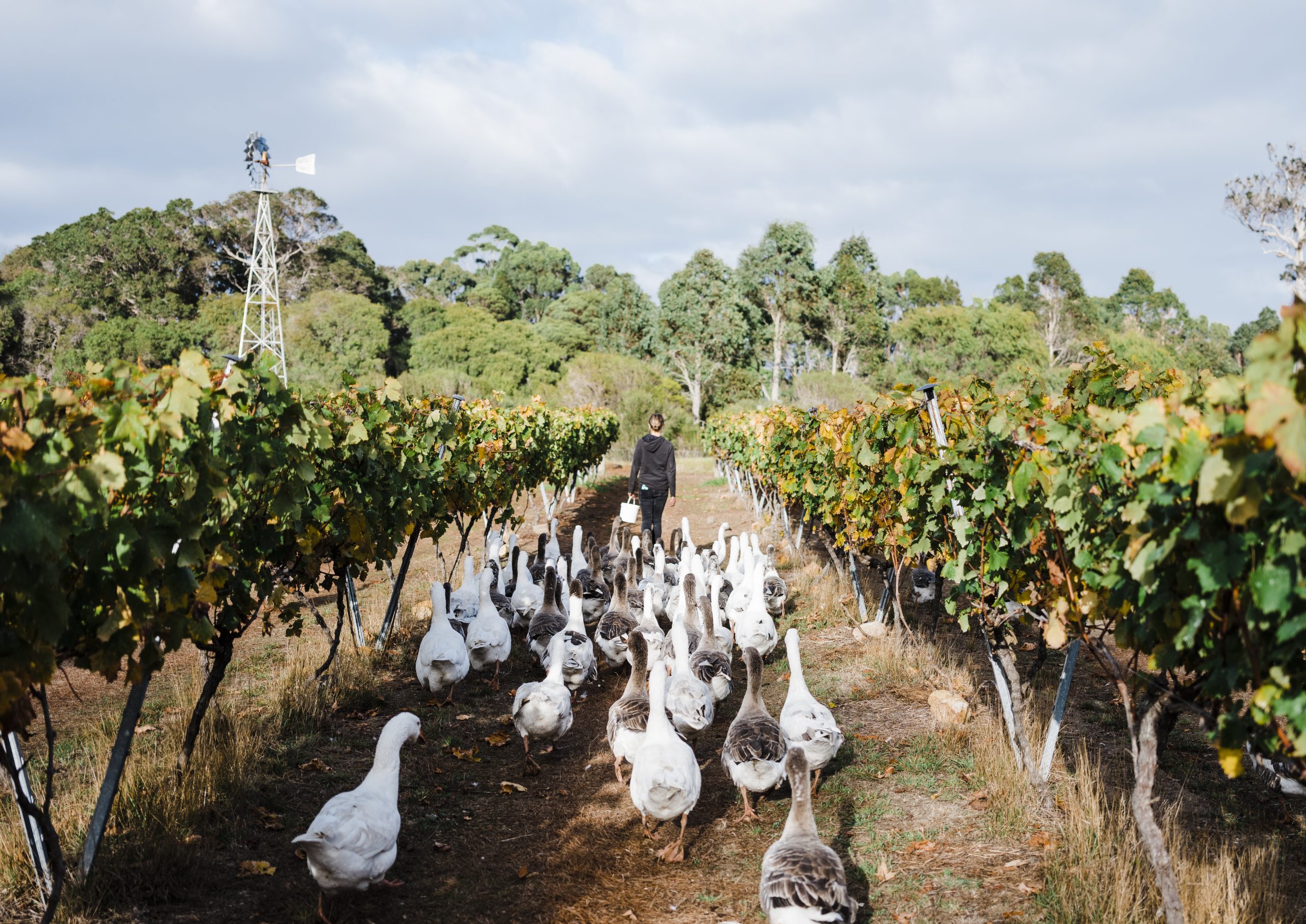
 The Voyager Estate says: “Over two decades, we’ve made a conscious commitment to improving our patch of land in Margaret River, with the goal of leaving it in better condition for future generations.”
The Margaret River Wine Association and its members established a Sustainability Plan to do exactly this, with a mission to sustain and protect the rare biodiversity of the area.
The association’s major ambition is to onboard 50% of its members into the Sustainable Winegrowing Australia programme by December 2025, working with them to achieve certification, and have 100% of members compliant with the national programme. Designed to encourage grape growers and winemakers to demonstrate and continuously improve their sustainable practices in the vineyard and winery through the environmental, social and economic aspects of their businesses, the voluntary programme takes a holistic approach to managing, supporting, and promoting sustainability and is modelled on global best practices and aligned to the United Nations Sustainable Development Goals, with progress towards these monitored annually.
The region currently has 65 certified members, accounting for 2,787 hectares, or 48% of the region’s vineyards. There are also 20 certified winery members who crushed 26,114 tonnes in vintage 2024.
The Voyager Estate says: “Over two decades, we’ve made a conscious commitment to improving our patch of land in Margaret River, with the goal of leaving it in better condition for future generations.”
The Margaret River Wine Association and its members established a Sustainability Plan to do exactly this, with a mission to sustain and protect the rare biodiversity of the area.
The association’s major ambition is to onboard 50% of its members into the Sustainable Winegrowing Australia programme by December 2025, working with them to achieve certification, and have 100% of members compliant with the national programme. Designed to encourage grape growers and winemakers to demonstrate and continuously improve their sustainable practices in the vineyard and winery through the environmental, social and economic aspects of their businesses, the voluntary programme takes a holistic approach to managing, supporting, and promoting sustainability and is modelled on global best practices and aligned to the United Nations Sustainable Development Goals, with progress towards these monitored annually.
The region currently has 65 certified members, accounting for 2,787 hectares, or 48% of the region’s vineyards. There are also 20 certified winery members who crushed 26,114 tonnes in vintage 2024.
 As the adoption of organic and biodynamic practices grows the world over, so too among Margaret River winemakers. An increasing number of vineyards are embracing reduced chemical use along with more regulated organic and biodynamic practices to maximise vine health and minimise harm to the surrounding ecology, returning good inputs such as compost back to the land. At present, 720 hectares, or 12.3% of the region’s vineyards, are certified organic or biodynamic.
But sustainability takes many forms, and for some this means tailoring a unique approach. Cherubino Wines takes elements from organic, biodynamic and conventional farming practices to "harness best practice from each system", rather than "being confined to a single dogma".
"It’s an approach that has allowed us to remain progressive, responsible, sustainable, and profitable," reads the winery's sustainability statement. "We have seen great success. On the threshold of achieving carbon neutrality, we are now sequestering 20 tonnes of carbon per hectare, a feat that wouldn’t be possible without significant investment."
Margaret River’s Mediterranean, maritime climate and ancient gravel-loam soils are perfectly suited to the ‘light touch’ winemaking being employed by a growing number of producers.
Fellow Margaret River producer Wayfinder explains this best: "It sounds strange, but in many ways we strive for a philosophy of less... less impact on the environment, less intervention in the winery, less waste, less artefact and less noise. If we can maintain a light footprint by interfering with nature as little as possible, this is what makes us feel we're on the right track.”
Winter and summer pruning, shoot positioning, leaf plucking and green harvesting are all common practices among producers, who are free to grow vines on their own root systems, as Margaret River is one of the few regions in the world that remains free from phylloxera.
Hand-harvesting is widely used by producers in Margaret River, particularly for the top wines, and for wineries using machines, night-time harvesting during the coolest part of the day preserves the freshness of the grapes.
Harvest in Margaret River typically begins in February with earlier ripening varieties such as Chardonnay, Sauvignon Blanc and Semillon. Shiraz, a mid-harvest variety, is next to be picked, while Cabernet Sauvignon requires the full ripening season, and is often the last to be harvested. The moderate climate and impact of the sea breeze allows the Cabernet to ripen over an extended time period to achieve outstanding fruit flavour and resolved tannins, while retaining natural acidity.
The Margaret River Wine Association takes a full 360 approach to sustainability, from vineyard to glass. The region’s wineries are leading in the uptake of lightweight glass and the association has launched a Lightweight Glass Charter to acknowledge the action taken by producers to reduce the carbon footprint of their business and encourage their peers. This Charter supports a similar retail campaign in Europe, and is supported by Wine Australia’s Emissions Reduction Roadmap which identifies a shift to lightweight as a leading action to reduce emissions.
Celebrating Margaret River and its producers, the drinks business is hosting a trade event showcasing wines from the Margaret River and Great Southern wine regions in Bangkok, Thailand, including a walk around tasting and masterclasses. Participating wineries include certified organic producer Wayfinder, plus certified biodynamic winery Windance Estate.
Organic certified Voyager Estate, which is a silver member of International Wineries for Climate Action, will be joined by fellow Sustainable Winegrowing Australia Certified producers Fraser Gallop Estate and Vasse Felix.
Small Things Wine, which is leading the charge with alternative packaging, will be showcasing its wines in aluminium cans, a packaging format that can represent a 70% reduction in CO2 emissions.
Voyager Estate says: “Our ultimate ambition couldn’t be simpler – to craft wines that do justice to our extraordinary climate and soils. Our commitment to the environment, our employees, and the broader communities in which we live and work, is continuously evolving. Yet, the fundamentals remain consistent over time.”
Register here for the Great Southern & Margaret River Tasting Experience – Bangkok
As the adoption of organic and biodynamic practices grows the world over, so too among Margaret River winemakers. An increasing number of vineyards are embracing reduced chemical use along with more regulated organic and biodynamic practices to maximise vine health and minimise harm to the surrounding ecology, returning good inputs such as compost back to the land. At present, 720 hectares, or 12.3% of the region’s vineyards, are certified organic or biodynamic.
But sustainability takes many forms, and for some this means tailoring a unique approach. Cherubino Wines takes elements from organic, biodynamic and conventional farming practices to "harness best practice from each system", rather than "being confined to a single dogma".
"It’s an approach that has allowed us to remain progressive, responsible, sustainable, and profitable," reads the winery's sustainability statement. "We have seen great success. On the threshold of achieving carbon neutrality, we are now sequestering 20 tonnes of carbon per hectare, a feat that wouldn’t be possible without significant investment."
Margaret River’s Mediterranean, maritime climate and ancient gravel-loam soils are perfectly suited to the ‘light touch’ winemaking being employed by a growing number of producers.
Fellow Margaret River producer Wayfinder explains this best: "It sounds strange, but in many ways we strive for a philosophy of less... less impact on the environment, less intervention in the winery, less waste, less artefact and less noise. If we can maintain a light footprint by interfering with nature as little as possible, this is what makes us feel we're on the right track.”
Winter and summer pruning, shoot positioning, leaf plucking and green harvesting are all common practices among producers, who are free to grow vines on their own root systems, as Margaret River is one of the few regions in the world that remains free from phylloxera.
Hand-harvesting is widely used by producers in Margaret River, particularly for the top wines, and for wineries using machines, night-time harvesting during the coolest part of the day preserves the freshness of the grapes.
Harvest in Margaret River typically begins in February with earlier ripening varieties such as Chardonnay, Sauvignon Blanc and Semillon. Shiraz, a mid-harvest variety, is next to be picked, while Cabernet Sauvignon requires the full ripening season, and is often the last to be harvested. The moderate climate and impact of the sea breeze allows the Cabernet to ripen over an extended time period to achieve outstanding fruit flavour and resolved tannins, while retaining natural acidity.
The Margaret River Wine Association takes a full 360 approach to sustainability, from vineyard to glass. The region’s wineries are leading in the uptake of lightweight glass and the association has launched a Lightweight Glass Charter to acknowledge the action taken by producers to reduce the carbon footprint of their business and encourage their peers. This Charter supports a similar retail campaign in Europe, and is supported by Wine Australia’s Emissions Reduction Roadmap which identifies a shift to lightweight as a leading action to reduce emissions.
Celebrating Margaret River and its producers, the drinks business is hosting a trade event showcasing wines from the Margaret River and Great Southern wine regions in Bangkok, Thailand, including a walk around tasting and masterclasses. Participating wineries include certified organic producer Wayfinder, plus certified biodynamic winery Windance Estate.
Organic certified Voyager Estate, which is a silver member of International Wineries for Climate Action, will be joined by fellow Sustainable Winegrowing Australia Certified producers Fraser Gallop Estate and Vasse Felix.
Small Things Wine, which is leading the charge with alternative packaging, will be showcasing its wines in aluminium cans, a packaging format that can represent a 70% reduction in CO2 emissions.
Voyager Estate says: “Our ultimate ambition couldn’t be simpler – to craft wines that do justice to our extraordinary climate and soils. Our commitment to the environment, our employees, and the broader communities in which we live and work, is continuously evolving. Yet, the fundamentals remain consistent over time.”
Register here for the Great Southern & Margaret River Tasting Experience – Bangkok 










